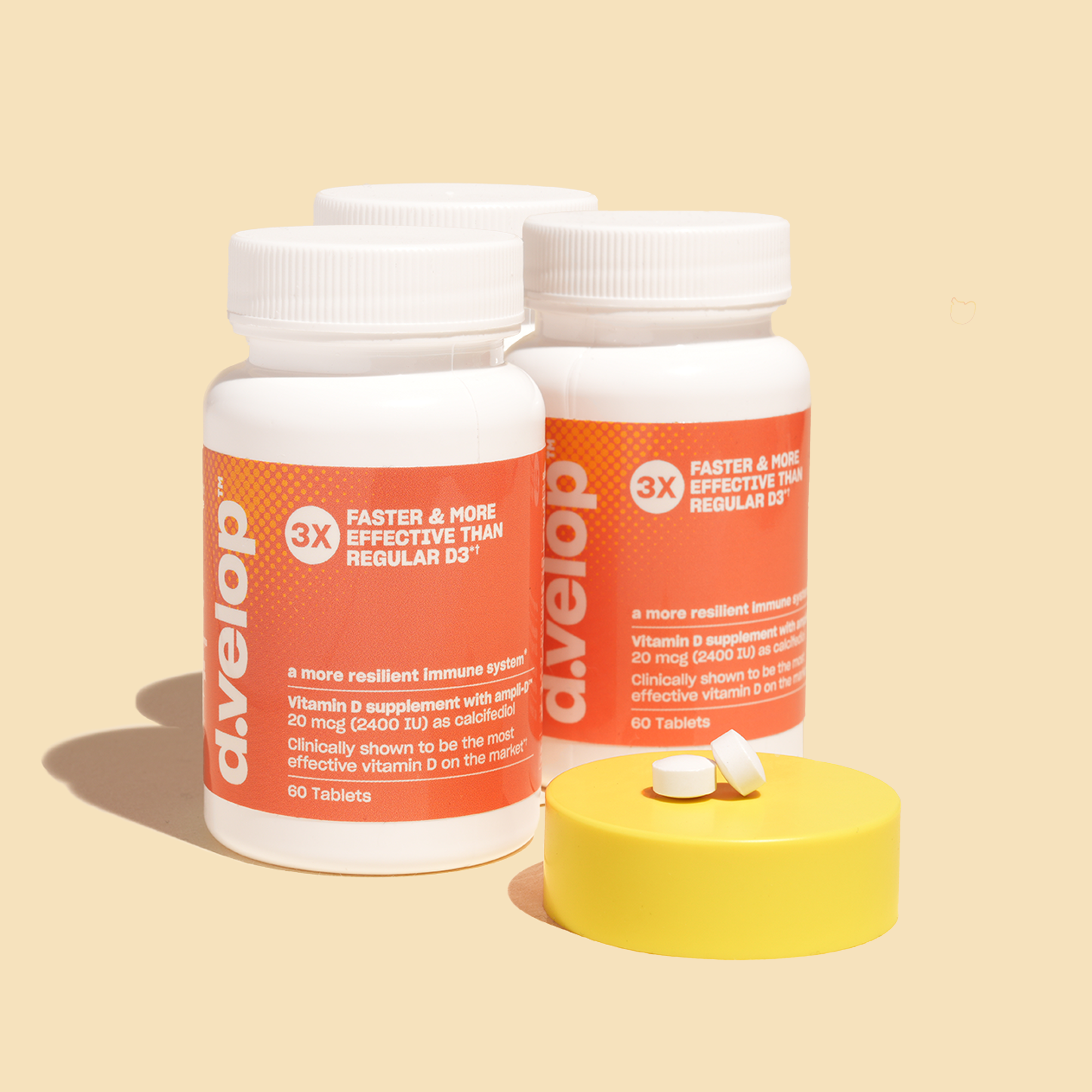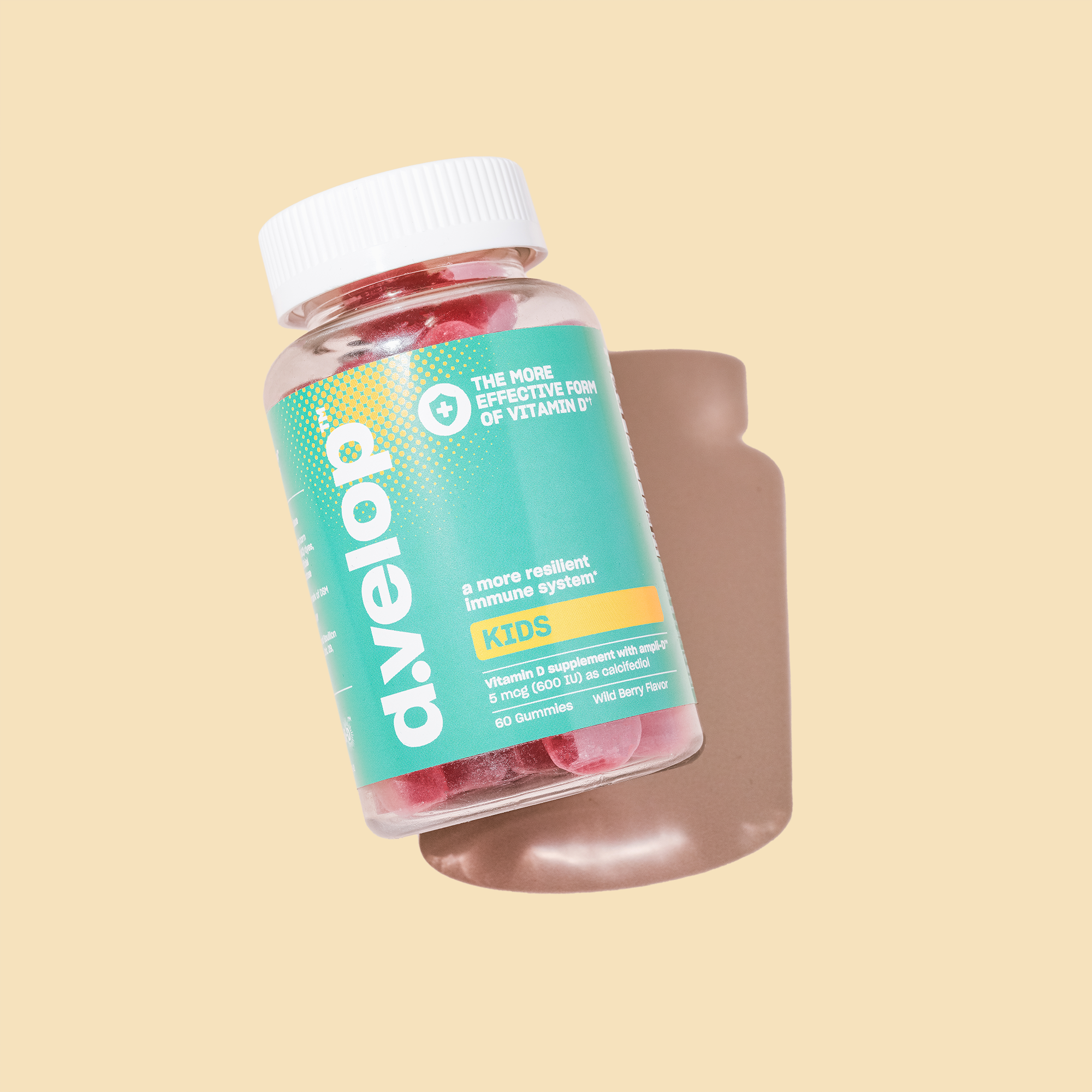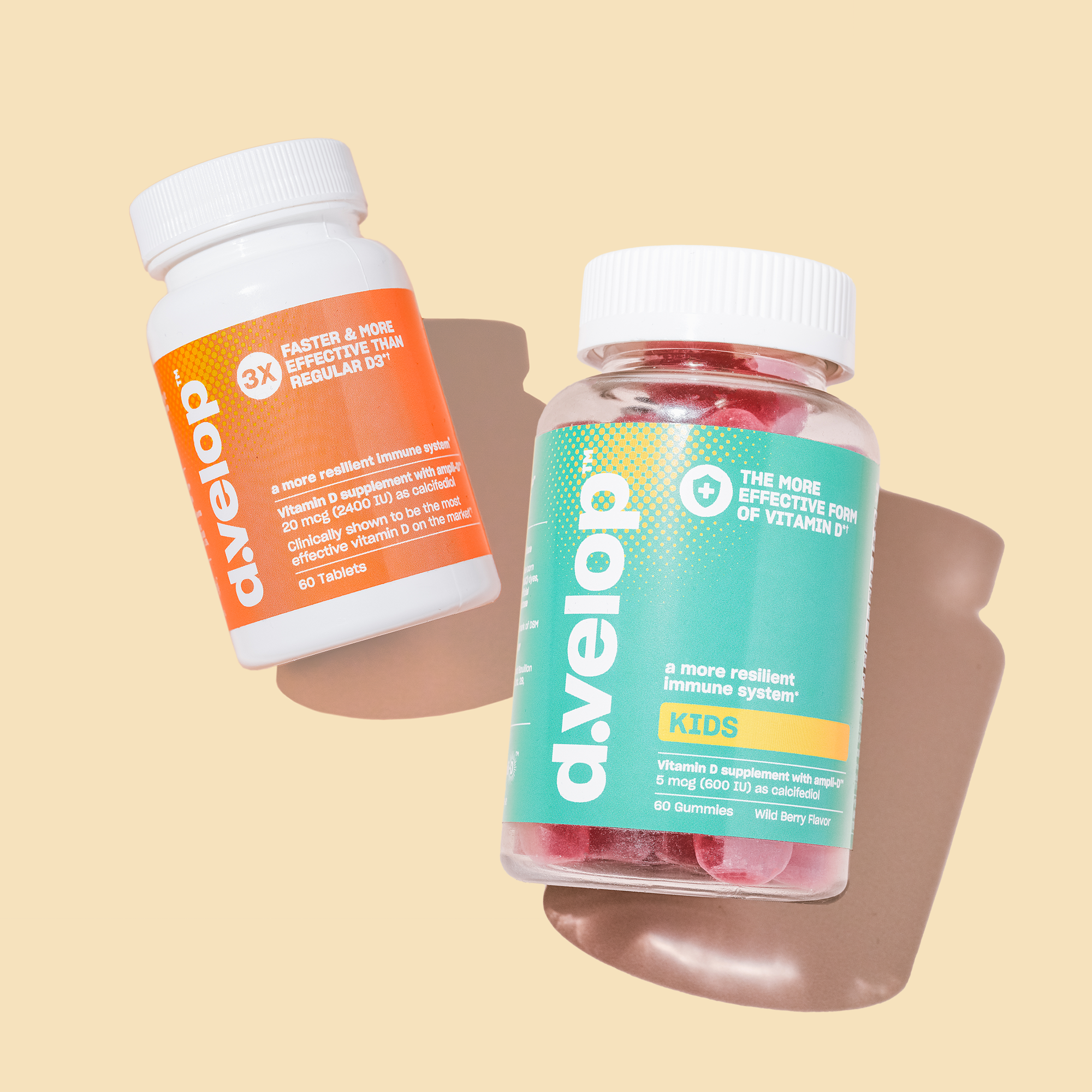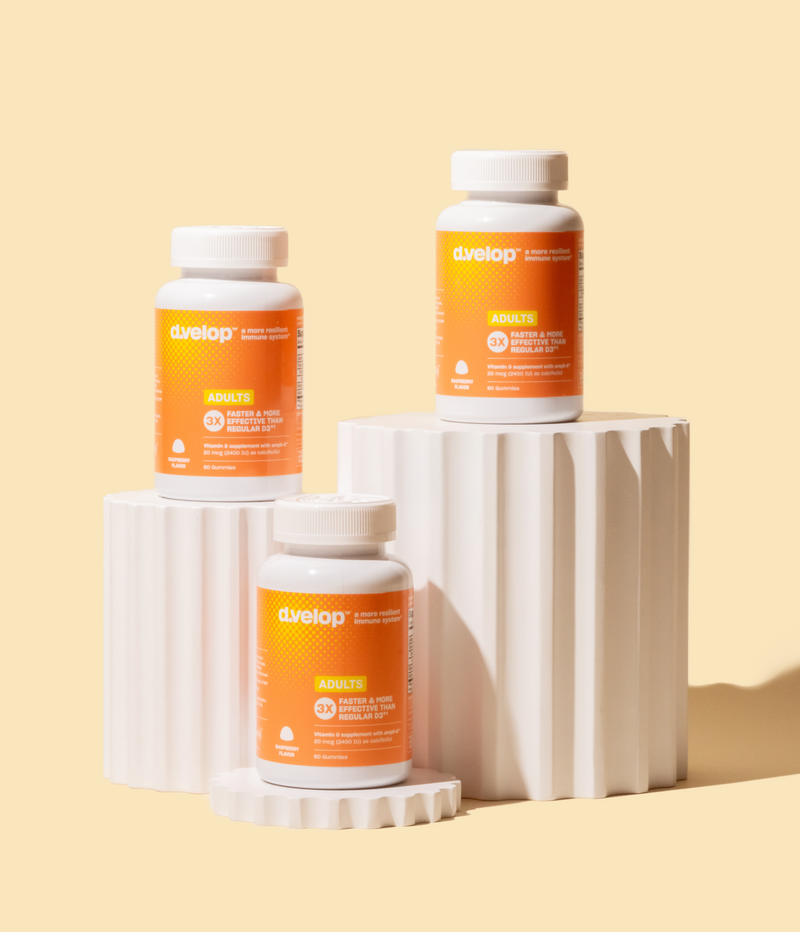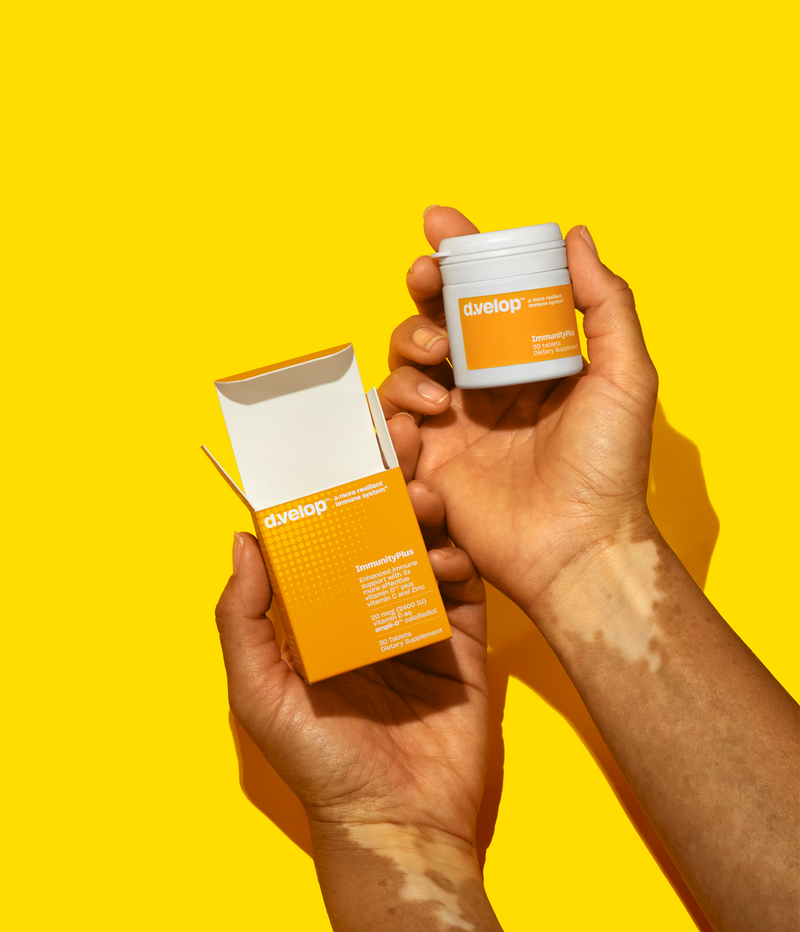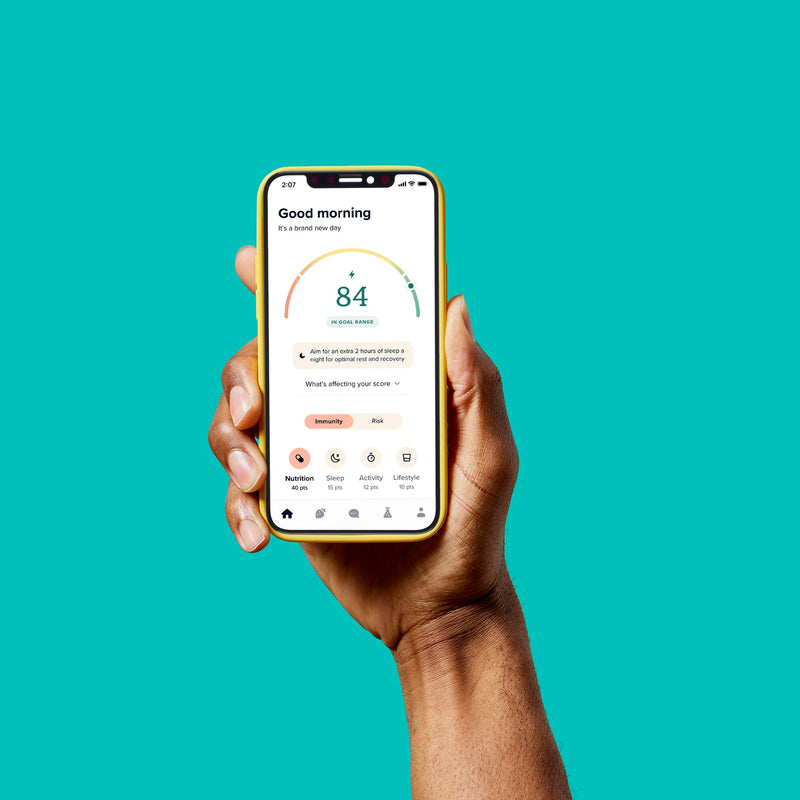What is my vitamin D test measuring?
The “blood” level of vitamin D that is shown in your test is equal to the concentration of total vitamin D level in plasma or serum of your blood. It is measured from a dried blood spot using an LC/MS method, which is a gold standard technique. This method of measuring plasma vitamin D levels from a dried blood spot has been confirmed against levels in liquid plasma.
What affects my vitamin D level?
Sun exposure, the amount of melanin (skin pigment) in our skin, our diet and supplementation routines all may affect levels of vitamin D in the blood.
Why these ranges?
We look at the available scientific literature on vitamin D levels, as well as authoritative and position statements on vitamin D and vitamin D levels that have been developed based on strong scientific evidence.
How can I find out what my vitamin D level is?
The only way to understand what your vitamin D level is, is through a blood test. You can learn what your vitamin D level is through the d.velop vitamin D test that comes FREE with a 3-month subscription. Once you buy your vitamin D test and register it in the d.velop app, you’ll mail out your test, and in about 5 days after the sample is received your results will be available in the d.velop app. Registered Dietitians will check in with you to go over the d.velop vitamin D test results and will make recommendations for healthy lifestyle changes if needed.
Very Low: 0-20 ng/mL - Very low levels of vitamin D may put you at risk for rickets or osteomalacia (Holick et al, 2011). If you fall within this range, we recommend that you retest, and/or have a conversation with your doctor about your blood vitamin D levels.
Low: 21-29 ng/mL - Low levels of vitamin D may also affect bone health. (Holick et al, 2011) If you fall within this range, we recommend you consider a vitamin D supplement, such as d.velop in order to support optimal health.
Optimal: 30-60 ng/mL - Proper vitamin D levels are important in keeping immune function and reducing the risk of bone fractures. (Charoenngam, Holick, 2020, Bischoff-Ferrari et al, 2006). If you fall within this range, you should continue to keep a healthy diet and vitamin D supplementation routine if it is right for you. Your Registered Dietitian will help you create a plan that fits your needs.
Very High: 61-88 ng/mL - Very high vitamin D levels may have adverse effects on risk of fractures, falls or cardiovascular risk. (Dietary Reference Intakes for Calcium and Vitamin D. If you fall within this range your Registered Dietitian may suggest that you either reduce your d.velop to 1 x 10mcg tablet per day or to stop taking d.velop.
Excessive: 88+ ng/mL - Excessive vitamin D levels are best avoided. If you fall within the “excessive” range of vitamin D levels, you will be recommended to stop d.velop supplementation until your vitamin D return to within normal ranges. We also recommend speaking with your doctor and healthcare provided to retest as needed.
Resources:
- Holick et al, 2011. The Journal of Clinical Endocrinology & Metabolism, Volume 96, Issue 7, 1 July 2011, Pages 1911–1930.
- Charoenngam N, Holick MF. Immunologic Effects of Vitamin D on Human Health and Disease. Nutrients. 2020;12(7):2097.
- Bischoff-Ferrari et al. 2006 The American Journal of Clinical Nutrition. 2006;84(1):18-28.
- 6 Tolerable Upper Intake Levels: Calcium and Vitamin D | Dietary Reference Intakes for Calcium and Vitamin D | The National Academies Press. Accessed June 14, 2021.
